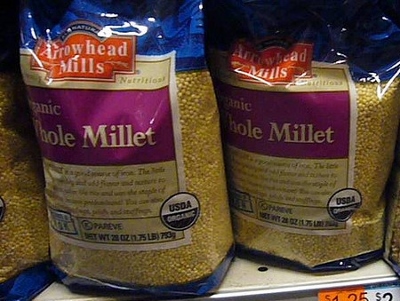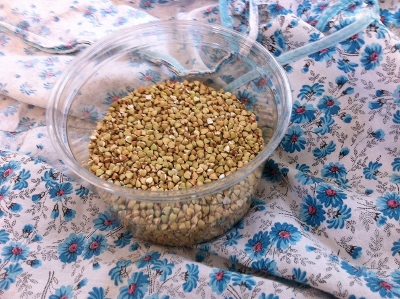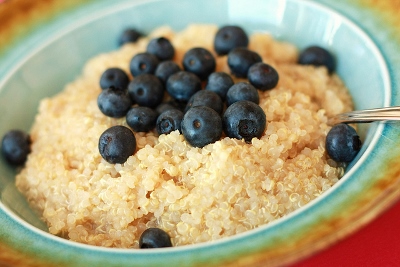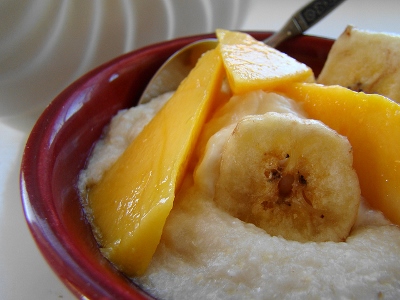5 Whole Grains that Make Breakfast More Interesting than Oatmeal
In the cold of winter, to get our day started, most of us crave something warm that will stick with us. What do you think of when you hear the words “hearty winter breakfast”? I am going to guess oatmeal. But oats aren’t the only wintry breakfast item out there. You can use plenty of other grains to make warm cereal.
Don’t get me wrong, I have nothing against oatmeal—especially not with a dollop of peanut butter in it—but it has become the standard hot cereal of choice, which means that a whole lot of other grains get left in the dust. It’s time to give those forgotten grains the love that they deserve. Instead of reaching for that bag of oats, try out one of these grains instead. You’ll get out of your oatmeal rut and maybe discover a new favorite breakfast in the process.
All of these grains have different cooking ratios and times, but in general, if you want a fluffier texture, use less water, stir less and potentially let the pot sit once you have removed it from the stove so the grains can soak up more water. In the mood for something a little creamier and more porridge-like? In general, that means cooking the grains in more liquid and doing more stirring.
1. Millet

Flickr/arincrumley
Grain to liquid ratio: 1 part grain to 2 to 3 parts liquid
Cooking time: Approximately 20 minutes
No, we’re not talking about bird seed, we’re talking about a super-healthy grain that happens to also be gluten-free. You can cook it in coconut milk for a more exotic-tasting porridge, or go classic with regular milk. Top it off with seeds, or what about some roasted apples Pro tip: want a nuttier, more toasted flavor? Place the millet in your saucepan without water, and warm up on the stove. Do this until the millet has a toasted aroma, being careful to stir every so often so as not to burn the grains. Then add your water and cook.
2. Buckwheat

Grain to liquid ratio: 1 part grain to 2 parts liquid
Cooking time: Approximately 15 to 20 minutes
You may also have heard buckwheat referred to as kasha, which are buckwheat groats that have been roasted, resulting in a nutty, earthy flavor. Just like oatmeal, buckwheat pairs well with dried fruit and cinnamon. Or you can make an overnight porridge with coconut milk. If you don’t want to eat the roasted version, you can also buy straight buckwheat groats and make a raw buckwheat porridge, which is made by letting the buckwheat soak in liquid first.
3. Farro
-

-

-

-

-

-

-

-

-

-

-

-

-

-

-

-

-

-

-

-

-

-

-

-

-

-

-

-

-

-

-

-

-

-

-

-

-

-

-

-











































